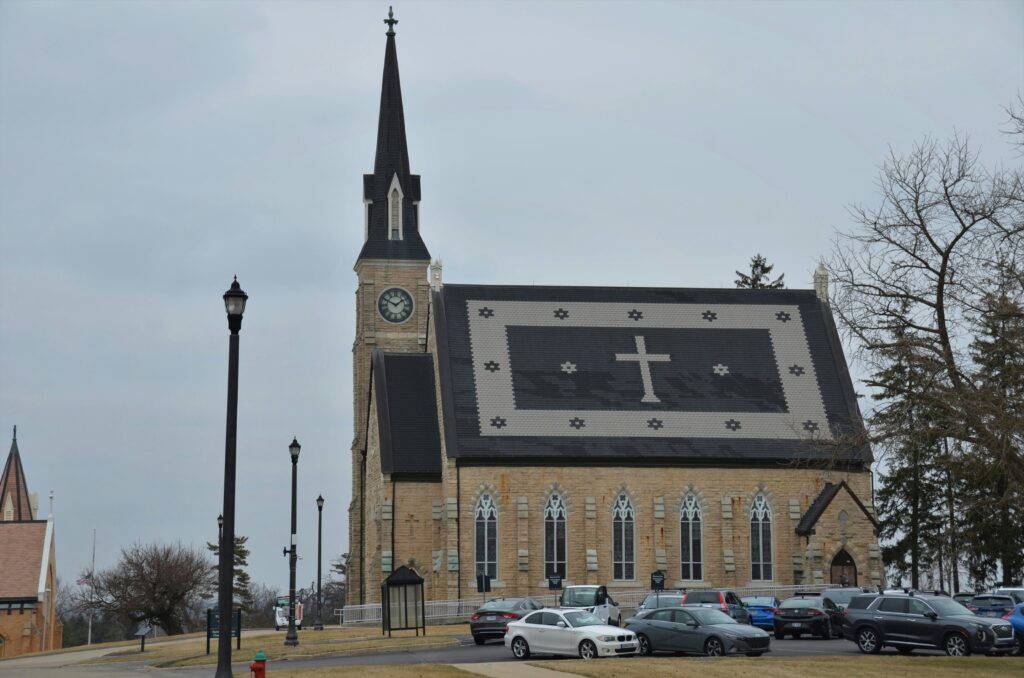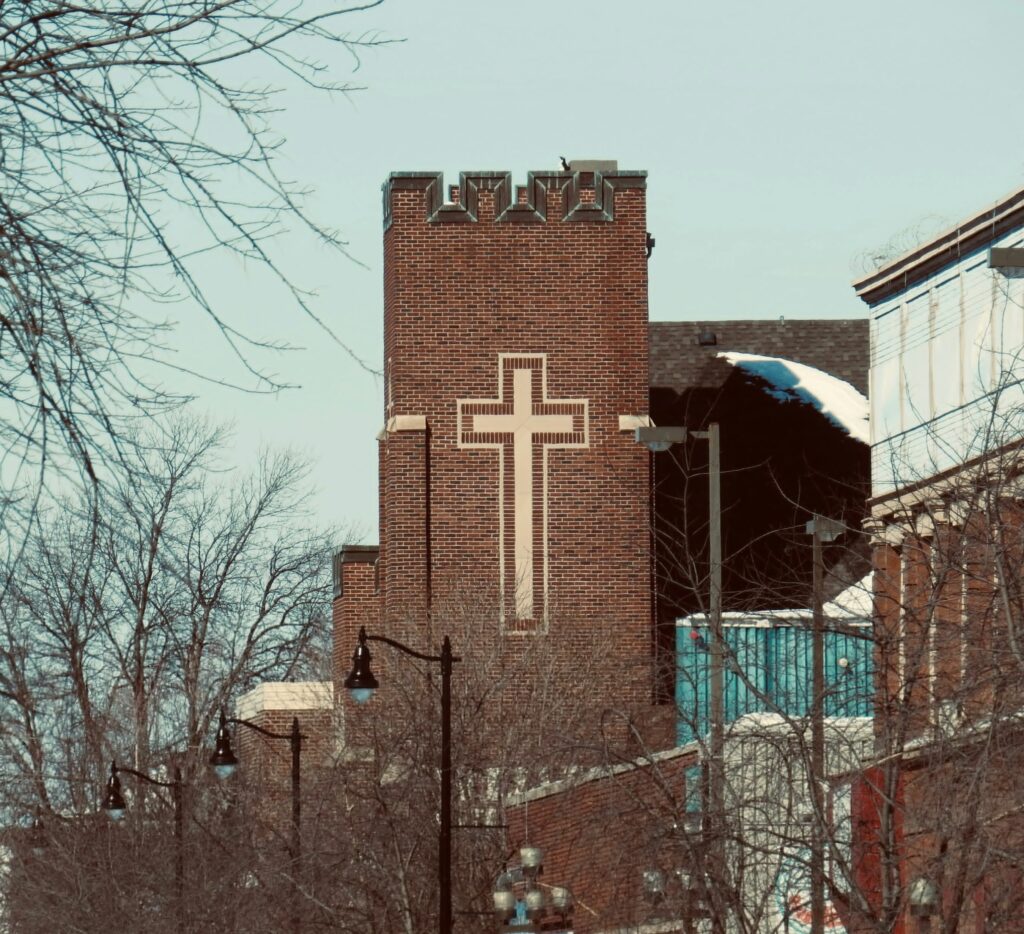
Introduction to the Michigan church attack
A tragic incident unfolded in Grand Blanc, Michigan, as a church attack left the community reeling. The serenity of what should have been a peaceful gathering was shattered by violence when shots rang out at the local Mormon church. This devastating event has sparked an urgent search for answers and motives behind such an unthinkable act. With families mourning their losses and authorities investigating every lead, the impact of this shooting reverberates far beyond its immediate aftermath. As we delve deeper into what transpired that fateful day, it becomes clear that understanding these events is crucial to preventing future tragedies.
Details of the attack and casualties
On a somber Sunday morning, the Grand Blanc community was shaken by an unimaginable act of violence. During a service at the local LDS church, shots rang out, leaving congregants in panic and despair.
Witnesses described scenes of chaos as attendees rushed to escape the unfolding tragedy. The tranquility that usually graced this sacred space became marred by fear and confusion within moments.
Authorities reported multiple casualties as emergency responders arrived on-site. Paramedics worked tirelessly to assist those injured while law enforcement began securing the perimeter and searching for any remaining threats.
As news spread beyond Michigan’s borders, families waited anxiously for updates about their loved ones. The emotional toll was profound; lives were forever altered in seconds due to one individual’s actions that day.

Investigation updates and search for a motive
Investigators have been meticulously combing through evidence related to the tragic Michigan church shooting. Thomas Jacob Sanford, identified as the shooter, has left the community in shock.
Authorities are interviewing witnesses and analyzing surveillance footage from the Grand Blanc area. The goal is to unveil any clues that might indicate a motive behind this senseless act of violence.
Family members and friends of Sanford are also being questioned. They may provide vital insights into his mental state leading up to the incident.
Additionally, law enforcement is exploring whether external influences played a role in this unfortunate event. Social media accounts and online activity could reveal troubling patterns or connections.
As investigators work diligently, communities hope for answers that will shed light on why such an attack unfolded within their sacred space.

Steps taken by religious institutions to improve safety measures
In light of the recent tragic events, many religious institutions are reevaluating their safety protocols. Churches across Michigan and beyond are implementing comprehensive security measures to protect congregants.
Training programs for staff and volunteers have become a priority. These workshops focus on emergency response strategies, including active shooter drills.
Additionally, enhanced surveillance systems are being installed in places of worship. Cameras and alarms create an added layer of security that wasn’t previously common.
Collaboration with local law enforcement is also gaining traction. Regular safety assessments by police can help identify vulnerabilities within church premises.
Communities are coming together to support these initiatives, raising funds for improved security infrastructure. The collective effort underscores a commitment to ensuring the safety of those who gather in faith-filled environments.

Conclusion: The importance of addressing mental health issues and promoting peace in society
The tragic events of the Michigan church shooting have left an indelible mark on the community and beyond. As investigators delve into the motives behind this senseless act, it becomes increasingly clear that addressing underlying mental health issues is crucial.
We live in a world where individuals can feel isolated or overwhelmed, leading to devastating consequences like what happened at the Grand Blanc church. It’s essential for communities and families to foster open conversations about mental well-being and provide support systems for those in need.
Promoting peace within society must also be a priority moving forward. When we cultivate understanding and compassion among one another, we build environments less prone to violence. Faith-based organizations play a vital role in this mission by not only providing spiritual guidance but also acting as safe havens where people can seek help without judgment.
As discussions around safety measures at religious institutions continue, let’s remember that true security comes from healing hearts and minds. The ripple effects of kindness may prevent future tragedies and create safer spaces for worshippers everywhere.